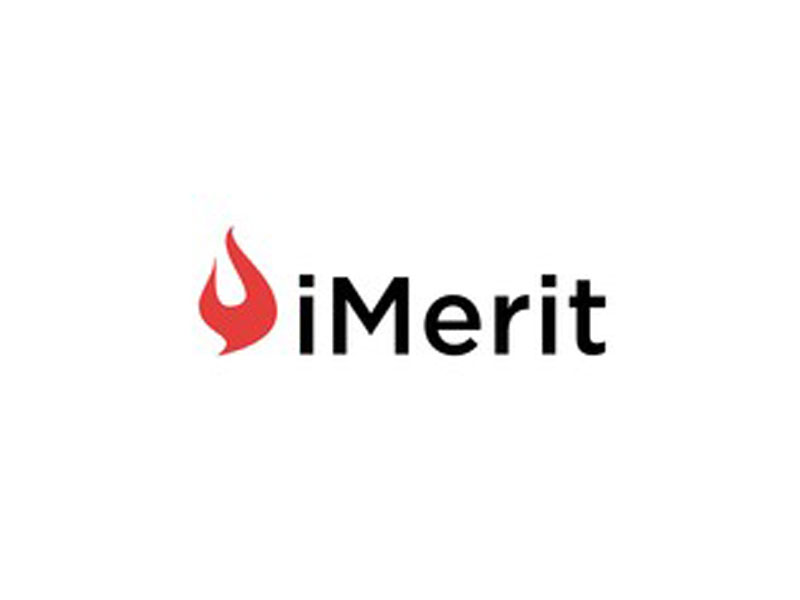iMerit, a leader in software delivered AI data solutions, has officially announced the launch of ANCOR, which happens to be the company’s Annotation Copilot for Radiology.
According to certain reports, ANCOR arrives on the scene as integrated with iMerit’s Ango Hub product. More on the same would reveal how it is an AI-driven tool capable of enhancing efficiency and accuracy of radiology AI development.
Released in limited beta for select customers at the annual conference of the Radiological Society of North America (RSNA), the technology in question basically presents itself as an intelligent assistant who can help radiologists and AI professionals develop training data for AI models. This it does while simultaneously maintaining patient safety at all times.
Furthermore, it automates repetitive tasks, provides real-time expert guidance, and ensures adherence to complex project guidelines. On top of that, the solution also allows you to practice customization for various medical image data annotation workflows, ranging from mammography to cardiology.
“The Annotation Copilot aims to benefit radiologists by reducing workloads and increasing productivity. Developers also gain by having access to high-quality annotations for better model development.” said Dr. Sina Bari, AVP, Healthcare & Life Sciences AI at iMerit. “We expect ANCOR to progressively become more powerful. Future versions can act as an autonomous agent to revise guidelines, communicate with the client, and give the team feedback.”
Talk about the given solution on a slightly deeper level, we begin from its sub-domain expertise, which includes fine-tuned models for specialized areas of radiology. We did refer to the available customization facility, but what we haven’t yet touched upon is how you can access tailored taxonomy and training aligned with specific project needs.
Joining that would be the prospect of context-aware guidance. You see, ANCOR is equipped with the knowhow to actively interpret each project’s unique instructions before providing context-driven support. Beyond that, the technology also promises to bring forth real-time annotation support. Given the real-time element, users can basically come expecting instant suggestions, with their areas of interest duly highlighted.
Hold on, we still have a few bits left to unpack, considering we haven’t yet mentioned how the ANCOR delivers at your disposal multimodal capabilities. To expand upon this point, we must acknowledge that the solution combines text and image analysis for achieving a more comprehensive understanding, and therefore, improving patient outcomes.
Among other things, we have ANCOR three modes of operation. These modes include Workflow, where the solution automatically generates initial annotations.
Next up, there is Interactive, which allows annotators to adjust, verify, and query annotations in real time. The third and final mode in play here is Validation, where you can cross-check annotations against guidelines, as well as ground truth data.
“Customers have been asking for our insights from hundreds of projects to be applied to more optimized medical image data annotation workflows.” said Radha Basu, CEO of iMerit Technology. “Their models are tackling increasingly complex problems, so we need to provide increasingly nuanced and intricate decisions. Our experts are driving the design of the copilot in order to reduce their cognitive load. It fits into our overall Ango Hub workflow for medical imaging.”
Founded in 2012, iMerit Technology’s rise up the ranks stems from providing high-quality data across computer vision, natural language processing, and content services that power machine learning and artificial intelligence applications for large enterprises. The company’s solutions, at the moment, are geared towards data preparation and annotation, verification and validation, along with prompt creation and supervised fine tuning. iMerit’s excellence in what it does can also be understood once you consider it serves various Fortune 500 companies hailing from industries like agricultural Al, autonomous vehicles, commerce, geospatial, government, financial services, medical Al, and beyond.













